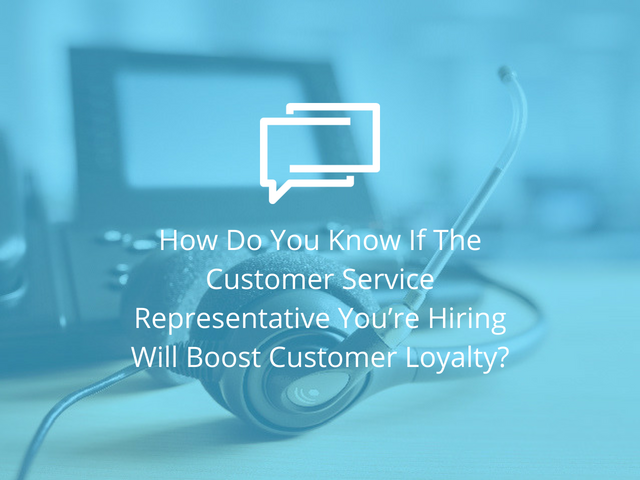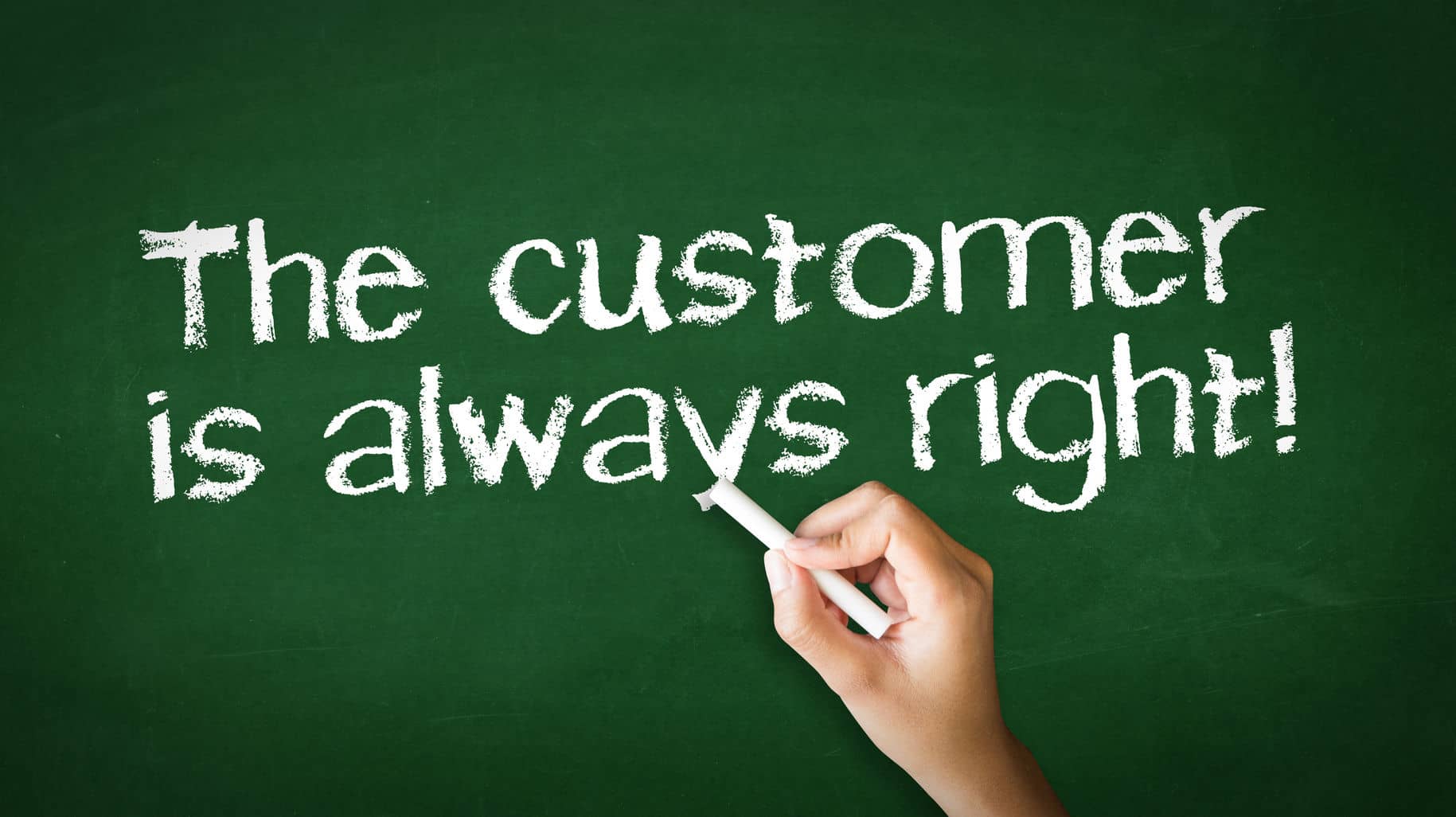We had the pleasure to have a conversation with Jon Sculley, the former CEO of both Pepsi and Apple
Thank you so much for your time. You have been at the helm of two legendary companies, Pepsi and Apple. Do they have a common denominator? Can you break down the recipe for their success?
John Scully: In 1970 I was 29 years old and Pepsi was out sold 10 to 1 by Coca Cola in 50 percent of the U.S. At the time, I was in charge of the U.S. operations and we realized that Coca Cola was the most valuable brand in the world. So we saw that Coca-Cola owns reality but perception leads reality, so if we can own perception, then maybe we can change the ground rules of competition, and we did that by creating a campaign called the ‘Pepsi Challenge’, which was quite different than anything that anyone was doing in marketing at that time. Instead of the company saying, look how good my product is, we did just the opposite. We said, take the Pepsi Challenge, let your tastes decide, and we had a blind taste test that would run all over the country and people would see that it was a real taste challenge between Pepsi and Coke. By the end of the 70’s, Pepsi had passed Coco Cola and become the largest selling consumer packaged goods in America.
When I first met Steve Jobs in the early 80’s, he came up to me and said, “How did you do that? You had no money to speak of it, Pepsi. “How did you pass Coca Cola?” And I responded, “Well, we call it experience marketing.” The focus was on selling the experience, not the product. Jobs expressed that he wanted me to Apple and teach him how to do that. Steve was building a product at that time, and it was under development. It wasn’t brought to life yet, to be called ‘Macintosh’, and it was for creative people — non-technical people, to do amazing creative things. He stated that he wanted to learn how to sell the experience such as I did previously. The experience is more important than the product.
The thing I learned in both Pepsi and Apple was that you always start with the customer experience. Steve said, “I don’t focus on the technology. I focus on what’s in it for the customer. I want to give the customer an incredible experience.” He used to call it an ‘insanely great experience. Whether it was the “Pepsi Challenge” or whether it was the Macintosh.
The early advertising project we worked on started with the 1984 Super Bowl commercial, which was the first a mega commercial ever done on the Super Bowl. We were always starting from the perspective of what’s in it for the customer.
You look at people today, like Jeff Bezos, he does the same thing and focuses on what’s in it for the customer. He always says, “My customers are amazingly loyal until someone else offers them a better deal. With so many tech companies that start with cool technologies tend to forget that the technology ultimately mock commodities. So it’s always what’s in it for the customer, always the experience.” I find that the great companies can turn into legendary companies.
I think so because back when Steve was, I remember I met him when he was 26 years old and he was still forming his principles and the foundational principles. The early 1980s can be found and is still the foundational principles of Apple today.
Steve believed that you had to do what he called a ‘zoom in, zoom out.’ You connect the dots, zoom in to simplify and if you look at Apple, the innovation always takes place at the convergence of different industries. So here was Kodak in 2007, who had actually invented the digital camera and was actually the largest photo finisher printer in the world. They doubled down on silver halide manufacturing because they were in a marketing battle with WalMart with a single use film camera.
Steve Jobs was looking beyond and he said, I can connect the dots between 3G wireless, which was just coming into the world of wireless. 2G was fax, 3G could do other things, including photos. He understood miniaturization of consumer electronics because he built the iPod before the iPhone. He said, “Do you know if I can connect the dots and put a phone chip in an ipod to make the screen bigger, I think that will give the ability for people to be able to send photographs, wirelessly.
It seems so obvious, right?” So most of the brilliant people that I’ve had a chance to work with are really seeing possibilities ahead of the rest of us that are completely obvious when we understand them and if you think about what Steve Jobs created during his lifetime, all this success, it seems so obvious today. They weren’t obvious in the context of the world that he was living in at that time.
When he brought me to Silicon Valley, nobody was talking about marketing. Nobody was talking about a consumer experience. Nobody was talking about the creative tools for non-technical people and yet it’s obvious today. That’s what the world is largely about. I always remember one of my favorite professors at MIT media lab was Marvin Minsky, and Marvin is known by many as the father of artificial intelligence, but he also, had to bring an insight that I still remember. He said, you don’t really understand something well until you understand it more than one way and just going back to Steve Jobs, Steve had a curious mind. He was curious about everything. He was not actually an engineer.
If you saw the first Steve jobs movie that Ashton Kutcher was in, I remember Ashton came up to me, a month and a half ago. We were at an event together and he said what you think of my Steve jobs and I said, well, actually it was OK, but I said it really hurt Wozniak his feelings. He said, what do you mean? I said, you made Wozniak into a service tech and you made Steve Jobs an engineer. Steve wasn’t the engineer. Steve was the brilliant genius who conceptualized and had a great sense of design, all Wozniak ever wanted to be was the world’s greatest engineer. You crushed him. So you have to appreciate that. What makes people like Leonardo Da Vinci and Steve Jobs, along a few others, could work with her left brain and work with their right brain to start connecting the dots. Steve, who founded and led the most valuable technology company in the world, said that, the lesson he learned is how important the humanities are in leading and creating a great company and meeting that, art, design are just as important as the technology.
Rarely Apple is the first at doing anything in technology. Most of Apple’s technology is actually gotten from somebody else, Bill gates used to come to me and said, I just don’t understand why Steve gets so mad at us copying the Macintosh user interface when he stole everything that Apple has from Xerox, Palo Alto Research Center.
One of the things you find with talented people is they have no embarrassment about borrowing great ideas from someone else and why should they? You stand on the shoulders of the people who came before you.
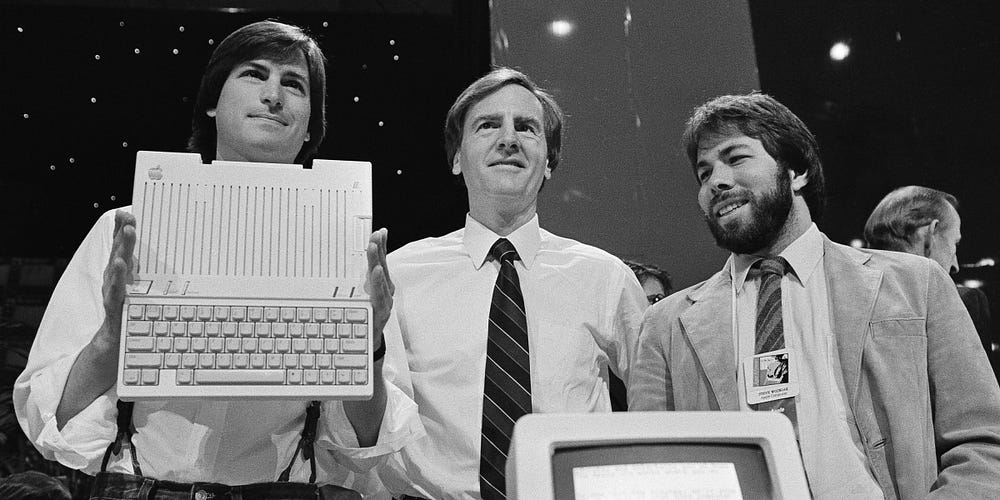
Which social impact issues are important to you? How do you bring your values to your work?
John Scully: Well, I am really maybe the last person standing in my generation from high tech who’s still actively working. I don’t run companies anymore, but I mentor talented people who I think have the potential to change the world. So for instance, up in Boston, I spent a great deal of time up there now because I’ve been working with the founder of a company called RX advance . He’s building an absolutely amazing company in healthcare and it all starts with a noble cause.
So many people start with a business plan. No, you start with a noble cause. You start with something that’s going to make a difference in the world. It almost made you want to start with the people who are going to use whatever you are creating a product or service which was following the customer and it always starts with having a curiosity that has to be a better way. So I’m inspired by anything that will stimulate curiosity, anything that will show that the power of diversity is so incredibly important to innovation. I’m only involved with companies that have the potential to be transformative in their industry sector. So when I see that there is discussion in the government that we want to shut out immigrants to come into the United States and when I know that in Silicon Valley, maybe 70 percent of the leadership of companies in Silicon Valley are actually immigrants. It just sounds like, wow! How could anyone even think that way? So I think that what makes America great and I’m proud to be an American, is that we have been a country with an open mind, a country that has been willing to, invite people of talent and merit, who will work hard to come in and participate. So I hope we will be able to say that in the future. I hope that we realize that our education system is still designed for a different century and a different economy, and that if America is going to be as successful in this century as it was in the last century, then we need an educational system that has foundational context with the exponential technologies that are available.
I grew up in Silicon Valley, in the early days of Moore’s law for a while. We have robots, we have artificial intelligence, we have precision medicine, we have driverless cars where you had the world of sensors and all these things are growing at an exponential rate or change. So simply put that compounding math that means you go 2, 4, 8, 16, and 32. So the speed at which exponential algorithms compound is hard for most people to absorb because we’re all used to linear time, we’re not used to exponential time and yet the world we’re living in today. Anyone who was young and is going to be living through the rest of the century is going to be better understood in exponential time, which puts a stress on learning, on curiosity, on education, on diversity, thinking about things in a different way and so I try to mentor when I can, people who are going to be part of that world.
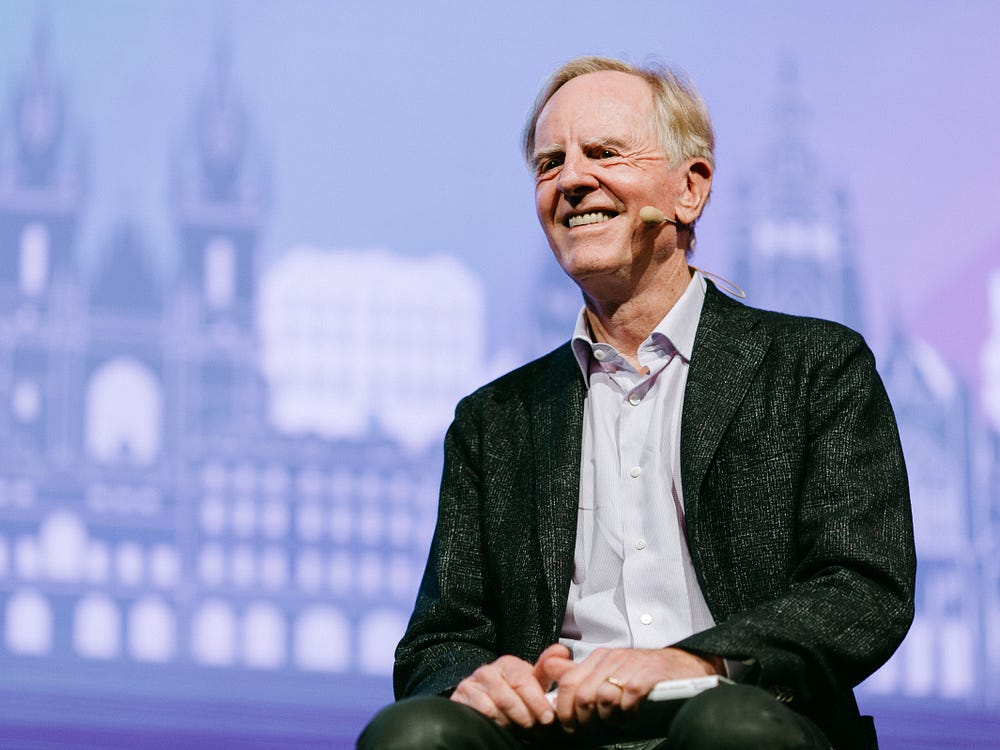
Throughout our careers, we’ve all run into roadblocks, so can you tell me about a time that you failed and how did you motivate yourself to get back up and keep going?
John Scully: What you will discover is if you believe in making a difference, you’re bound to make a lot of mistakes and some people would just risk averse. They don’t like making a mistake. They don’t like to be humbled, embarrassed. They don’t like to have to pick themselves back up and try again, maybe they aren’t going to want to participate in the entrepreneurial life, but for a lot of us we know that you can’t be a successful entrepreneur unless you were prepared to make mistakes. The thing that takes awhile to really understand is that you’re probably more trapped in your successes. We often become a victim of our success because we often misinterpret why we were successful. Now a good deal of the time people are successful just because they were in the right place at the right time and so something goes well which will lead them into thinking they are genius. They misunderstand why they were successful. So it’s only when you fail that you actually get a chance to kind of get the wind knocked out of you and say, OK, that didn’t work. Why didn’t it work? What did I do wrong? So failure is so integral to the process of deep learning. Success actually can be a distraction and it can take you off in a different way. So my advice is get comfortable with making mistakes.
Now, many countries have cultures where making mistakes is not acceptable. If you’ve been to Germany and spend any time there, Germans don’t want people to believe that made mistakes. It’s a very competent economy. It’s much disciplined. It’s very process centric, it plays by the rules, but it doesn’t have much of a place for people who make mistakes. That’s quite different than our culture where we say, OK, you made a mistake. If you’re in Silicon Valley and you say, boy, I made a mistake, I blew it. The first thing somebody will ask you is, well, what did you learn? And so culture is a very big part of being successful. It’s not that the U.S. has smarter people than the rest of the world; it’s just that we have a culture that’s very forgiving in terms of making mistakes and picking yourself back up and try again. So I’ve made lots and lots of mistakes.
I’ll give you some examples. I remember when we were at the end with the 68,000 microprocessor, which Motorola made and the Macintosh was based on a system processor, which meant there was a complex instruction set computer and if you look at what was happening back in the late 80’s, there was a lot of attention going on with risk reducing instructor set computing. So when I went to our best engineers and I asked, what should we do? We were at the end of life on this microprocessor. They said, well, actually you can choose any risked machine you want, doesn’t make a difference which one. Risk is the future. Just don’t pick a system process. At that time, Andy Grove was coming over and making a pitch that we ought to adopt the Intel processor and in those days Intel was not a floating point processor. It was integrated based, meaning he was integer arithmetic and it wasn’t designed to do graphic algorithms. So we made a mistake. I made the mistake because I was the CEO, we didn’t go with Intel and we ended up going with the power pc, which was a joint venture between Motorola and IBM. The big mistake was that we didn’t consider that the huge industry that Intel had created for all kinds of blue chips and other components, but things around it which will all available by various companies along South East Asia. That it wasn’t just the microprocessor that we should be focusing on. When we made the decision to go from one to another, it was the entire system and the reality was by going to the IBM power pc, which at the time technically may have been better microprocessors than the Intel assist processor. The reality was the economics couldn’t even come close to the complete system bill of what you could do with an Intel processor because of all those other related components that sat around it to make it a complete computer. So that was a terrible mistake because it set Apple on course in a direction that was eventually going to mean that it was going to be less and less competitive with the rest of the computing world.
Steve Jobs was running Next, at that time, he made the same mistake. He went with the power pc as well with next. Next was not a very big company and unfortunately for Next almost went bankrupt. They had to drop out of the hardware business, but kept going with its software operating system, which ironically when Steve came back to apple years later, ended up becoming the Kernel for the Mac operating system.
Who is your hero in your business or personal life and how do they inspire you to become the person that you are today?
John Scully: My biggest hero is my wife Diane. Diane is a computer scientist. She’s also a mathematician, but what she has done for me is that for many years after I left Apple, I sort of disappeared. I was working in investing in startup companies, sort of staying out of the limelight and just going on with my life then when I met Diane, it was about 10 years ago and then we got married five years ago, she completely changed my life, really our life. She said, John you’ve been so lucky, you’ve been working with some of the most talented people on the planet and you need to share those experiences with other people. So we started going around the world that we had various invitation.
So we were invited to Chinua University to speak there, same lecture that Steve Jobs, Elon Musk, Mark Zuckerberg were invited to ETH in Switzerland, which is the top technical school. We were invited to MIT many times. I’ve been involved with at MIT for many decades through the MIT media lab and what I realized was that I wasn’t out of date, that actually the things that I had experienced were actually of interest and of some value to the next generation, so when I say I’m sort of the last person standing from my generation because everyone else is either retired or dead, I’m still very, very active and I spend my day, I am up every morning at about 5:00 AM, reading a lot and communicating with people. I love talking with people as we’re doing right now and my goal in life now is to work on a few noble causes, but also to be able to mentor and to pass on what I experienced in hopefully useful ways to people in your generation.
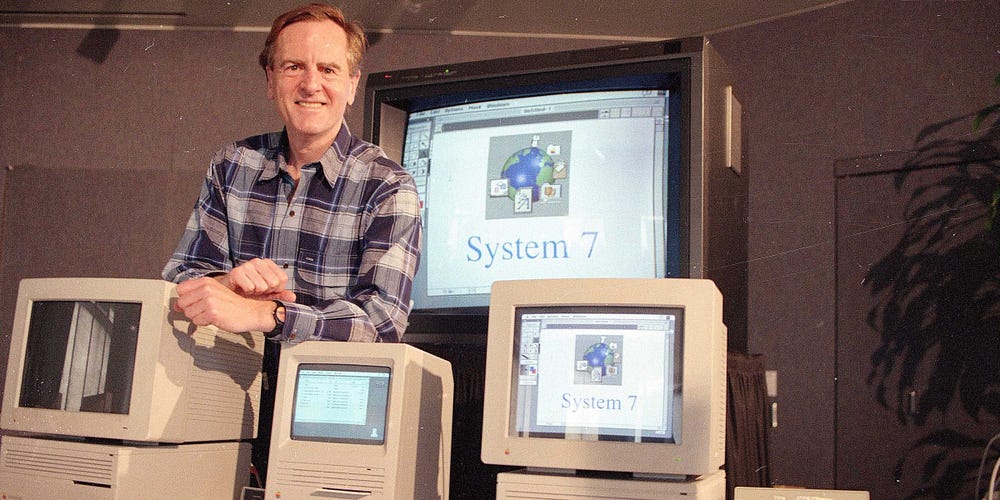
My company is celebrating its 10 years in business and we’ve always had perpetual growth. One thing that really struck a chord with me, which you’re talking about, was the challenges and how you face those. I’m in the Whitewater right now. I don’t know if you’re familiar with that terminology, but I’m about $5,000,000. I’m trying to break through 10 or 15. I’m really trying, but there’s this barrier here and I’m ready for that and I know you have much bigger business experience, but I feel like the principals in the set and so I don’t know what kind of advice or things that you recommend for me, how to look at myself, our company maybe introspective with find a way to break through that because it’s something I really would like to do.
John Scully: So here’s what I’d say is that people who are in big traditional corporations have very, very little personal experience if any, with true innovation, and it’s not that they aren’t smart people or hard working people or competent people, it’s that they’re trapped in cultures. The one thing that every large company has in common, it’s culture, is that it empowers middle managers with the authority to say no and being an entrepreneur is all about the thinking of the possible ways you can get to yes and so it always amazes people in big companies to realize that when I was working with Steve Jobs in the early days of Apple and Apple was still in a several houses, it had tilt up building with a pirate flag flying over, which was Steve Jobs office for the Macintosh, the average age of the people on the Macintosh team, they were over 100 of them in total, including manufacturing and everything else was 22.
People just assume that companies like Apple and Microsoft were always big companies. They weren’t always big companies. They were at one point they were $1,000,000 companies. There were $5,000,000,000 companies. The Silicon Valley has an old saying, what got us here, won’t get us there, meaning when you’re starting out and you’re trying to get to $1,000,000 revenue, let’s say, you have to get through proof of concept. You got to recruit enough talent around the table to be able to deliver something that’ll get revenue and the bigger question then becomes, so how do we get from 1,000,000 or 5,000,000 to 10,000,000 to 20,000,000 or even larger? And you realize that you sometimes have to go back and deconstruct what you’re doing and think about when we solve this business at a $20,000,000,000 business the same way we’ve been solving it successfully as a $5,000,000 business and what’s so important about what I learned working with Steve Jobs was that you lay down foundational principles. One of Steve’s principles was you have to have a very clear focus. This focus was how do we build bicycles for the mind? Now that’s what he was really building bicycles for the mind. He didn’t think of it as building personal computers, he thought about he’s going to enable people to have this incredible accelerator which is going to help them think and do things that you couldn’t do before the Macintosh came around and why was the Mac so important to Steve? You know, the Apple 2 had been a huge success. He said, well, the Apple two was so limited because you require that someone, you know, learn how to use a keyboard. They had to learn how to use alpha-numeric commands. He said with the Macintosh, they don’t need to know anything about technology. So he had to re-conceptualize what is a personal computer and he said it’s all about point and click and he would use metaphors, he’d say, well, you know, we need to have a desktop metaphor. We need to have file folders. We need to have, ways of thinking about paper and putting objects on paper and things like that. Well, those sound so obvious to us today, they weren’t obvious almost 40 years ago. So I would say think about why you’ve been successful as a $5,000,000 business, and then say will a $5,000,000 business be solving the same problems when it’s a $20,000,000 business as it is at a $5,000,000 business. Will it be a different customer? Will the customer be using your service or product differently? Are there other things going on around the world, around the economy, which will make things possible for you to solve even bigger problems? And you have to stretch your mind. Always be curious, always observing.
I know a lot of people have said, John, you’re so lucky. You got to work with all these talented people. You were working in different industries. You’re still doing it. How come you’re so much luckier than the rest of us? And the answer is because I’m constantly observing, constantly curious. I think about learning is much more important to me than making money and you’ll find that particularly in the century you’re going to live the rest of your life in this 21st century, that the ways that we think about things are going to be so fundamentally different than anything that was around when you were born.
Think of something as simple as this. The prior industrial age was enabled by two things. The distribution of electricity, now going back to a Tesla and Westing house, with alternating current and it was enabled by the fractional horsepower electric motor and if there hadn’t been a fractional horsepower electric motor and it hadn’t been distributed electricity, there wouldn’t have been any in the twentieth century industrial age. So what did that lead to? It lead to mass production, it led to mass channels about the mass marketing and now we’re in a different century and you say, so what is the comparative to electricity and the fractional horsepower electric motor? And what are the, the rebuttable effects out of those comparables? Well, I think that artificial intelligence, that’s both machine learning and deep learning and how that progress progresses in the future. Artificial intelligence is going to be foundational to everything that goes on in the world for the rest of the century and it will become more apparent, it’ll become commoditized and it will be as fundamental as electricity and oil were in the last century, meaning that they can be delivered as a service, now embedded in all kinds of different things.
Second of all, I would say that platforms are as important in this century as mass production factories were in the last century. Remember, most of the US economy in the early part of the last century was around manufacturing. Today, the majority of successful companies that’ll be around in the middle of the 21st century will be platform based companies. So it won’t just be Microsoft or Amazon or Google, few companies, what they called Fang. Every company will have incorporated in platform architecture and so things that seem unique are just going to become obvious mainstream.
I remember when I was in college, there was something called the interstate highway act that President Eisenhower put through and sign the bill for which enabled the interstate highway system and it was intended to be able to move missiles around during the Cold War so that the Russians wouldn’t know where our missiles were. They could be moved around on trucks at nighttime over the interstate highway system. The interstate highway system became as foundational to the economy in the 1960’s, 70’s, and 80’s as the Internet is foundational to us today. Now to think about if we’re going to redesign the internet, we would really design it the way it’s designed today. Remember, it was designed back in the early 1970’s, so the Internet today would have much greater security. It would be a much more thoughtful in terms of how it integrated into sensors. The sensors didn’t exist, obviously when the Internet was first created and there will be tens of billions of sensors connected with everything, even by 2020. So the Internet would be far more secure. It would be far more integrated into all kinds of things, it would be integrated into the platform architecture companies that would be, you know, into all kinds of devices, not just with flat screens, but images that can be seen like Holograms, a hollow lens if you notice something that Microsoft’s been working. The possibilities of what the fundamental will be for any kind of business, in the middle of this century are just in the eyes of the beholder right now.
They haven’t really been deployed yet and yet they’re going to be so obvious. When you’re my age, you’re going to sit back and be explaining to people your age, that there was a time once when there wasn’t a broad-scale artificial intelligence, when every industry was a platform company, when the sensors were connected to everything, when block-chain was built into every transaction and then people will look at you and say, really? There was a time like that? And yet this is all going to happen and it’s going to happen in exponential time meaning that it’s not going to take a 10, 20, 30 years for these things to happen. It’s got to happen over the next five years, 10 years, to an exponential time, you know, its compounding math. Keep thinking about and don’t be afraid to ask other people say, like what do you think about this? And don’t be afraid that someone’s going to say Michael, that’s a really dumb idea.

Did you plan to end up where you are, or did that “just happen”?
Well, when I was very young, I really didn’t want toys. All I wanted were electronic parts so I could build things and I discovered I was better at taking things apart and turning them into something else but when I put them back together, I always had parts left over. So I realized I was not going to be a great engineer. I didn’t have a precise, detailed mind like my wife who was an engineer. I was more of a designer, I like to figure out different ways of doing things, with the idea of there had to be a better way and I was interested in designing things ever since I was a child. So I would be building things. I built a go kart. I built early television sets, I built one of the first color television sets when they were sending out signals that was called few sequential television where you had a spinning wheel of red, green and blue and then when I was 14, I invented a color television cathode ray tube and I applied for the patent on it and eventually got knocked out by Dr. R Lawrence, who eventually Lawrence Livermore labs was named after and he invented something that knocked out about 8 of my 12 claims and he eventually sold his invention to ABC paramount. ABC and paramount studios were combined in those days and then they eventually sold it to Sony or became Sony Trinitron too so years later when I met Akio Morita, the founder of Sony, he had remembered the story that when I was a kid, I had invented something very similar to what Dr Lawrence did. So he introduced me to the team who were still at Sony, who were the original Sony Trinitron team and so I was always inspired by ideas and I was always curious. Curiosity was who I was. I was not a particularly good athlete; I was like, OK, so I was much more interested in, thinking about things in my head and building things.
I had a really bad stammering problem, I couldn’t talk. So when I was a kid I couldn’t even talk on the telephone. I couldn’t even talk in the classroom when I was at school, I stammered so badly and I was very embarrassed and the teachers would say I was stupid because I couldn’t answer the questions. So it was very humbling to put it mildly but then it turned out that I eventually went to a medical hypnotist and learned how to get over my stammering and by the time I got to college, I discovered I was actually very good in mathematics and so I was an exceptionally good student at a higher math and when I was in graduate school, I was doing a Monte Carlo Game Theory and mark off chain analysis and basic statistical modeling and things like that. Didn’t seem to have any purpose in those days but as we know today, they’re kind of fundamental algorithms. So sometimes things happen and they don’t seem quite full at the moment. Um, as things that happened s things happened to me in my childhood but so much of what I do today, Tracy spatter, I was interested in when I was very young and the things I was doing when I was very young.
You had a remarkable career thus far. I was curious what it is that it takes to build like a career like John Scully in general if there is such thing.
John Scully: It’s not very complicated. It takes an incredible curiosity, it takes a willingness to work extremely hard and it takes, I think, respect that there are other people who can do things better than you can and if you can work together, you know, and great companies are always built by teams. It’s not, it’s not one individual, but it’s always a team and so the team doesn’t have to be exactly like you.You have to say, so what am I good at? What’s missing in the company? How do I find someone who’s good at the things which I’m not as good as they are? And they will find that the most successful companies that they always have a leader who has a very clear vision of what she or he, you know, wants to accomplish and that’s why the noble cause is so powerful. The more you can conceptualize the company in terms of something that is noble for the world and the fact that it makes money is one of the outcomes is not the sole purpose. That’s what attracts the best talent because the best work from people. The brilliance of Steve Jobs was as much about his ability to articulate what he thought could be possible, not probable but possible and his ability to recruit talent. He was an amazing recruiter of talent.
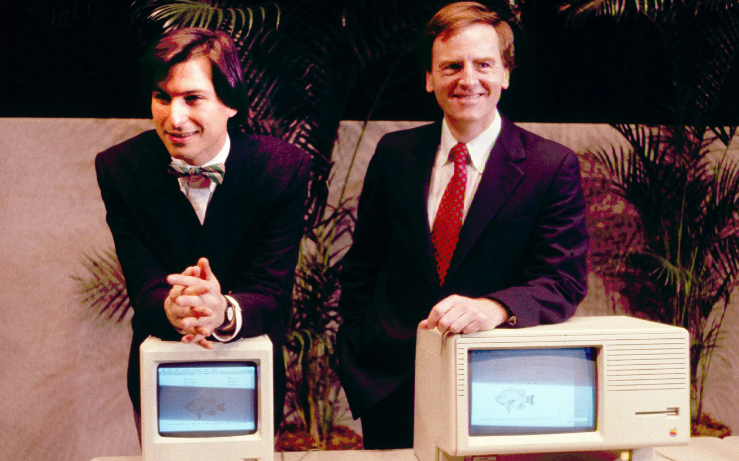
You’re one of the great minds of business. You definitely got to work with one of them as well and Steve Jobs. What is it that you saw that, I mean from your relationship with him, from what you saw that it takes to build a Steve Jobs if there is such a thing for that or to build a career as such as this?
John Scully: It always starts with that there has to be a better way. You think about something and it may be something very small. When Steve did the ipod, it wasn’t the first MP3 player. There were a lot of MP3 players before the ipod, but what Steve realized was, it was when Siemens came out with this little tiny rotational disc drive that can hold a lot of content on a small miniaturized, no powered product that he came up with the idea of the ipod working with Tony Fidel, and Tony was the one who actually designed it and Steve was the one who knew how to explain it in ways that non-technical people would really appreciate it. So he didn’t say, here’s the best MP3 player you’ve ever seen, look how powerful it is, look how small it is. No! He said, how’d you like to have a thousand songs in your pocket? How would you like have a thousand songs in your pocket? And people said, wow, I never thought of that and he was very clever. He went to one of the most powerful industries in the world at that time, the Hollywood music industry and was able to convince them to stop selling songs as an album, but to sell them individually for 99 cents a song and of course that’s what the whole idea of itunes, it became the ipod and things like that. So the ability to connect dots to see things that weren’t obvious to other people was part of his brilliance. So we can all learn from that.
You spoke about the principles. What are principles? could you detail more about them specifically?
John Scully: I’ll give you Steve’s principles. Always start with the customer, not with the technology and other one is, it’s more about design and cool technology. Steve actually couldn’t draw, when he came up with an idea…I went to Rhode Island School of design and School of architecture and so I would draw his ideas often because he couldn’t draw, but he can visualize them, he was a very visual person. Steve loved to use metaphors because when something didn’t exist, he could explain it by using metaphors to explain it, well, it’s like this, and it’s like that. You believe in, no compromise and so his designs… I remember when the first Macintosh was getting ready to go to market and the first Mac was inside a sealed case because Steve didn’t want people tempering with it inside and wanted to be in complete control and one of the engineers was just finishing up the motherboard and Steve looked at it and said, I don’t like this motherboard. I don’t like the way it’s laid out. I want you to go back and do it again and the engineer said but Steve, we don’t have any time left. We’ve got to ship the product and anyway, no one’s going to see it. It’s inside a steel case, no one’s going to know, and he said, “I’ll know” and that was Steve Jobs. Now the original Apple logo that looks like a four color logo because Apple was the first color computer, it has color logo on those days and Steve insisted that it’d be printed with 6 colors, not with four colors and I remember someone saying, Steve, he realized how expensive it is to print a logo in 6 colors as opposed to four colors and nobody will know. He said, “I’ll know”.
Thank you, it was a real honor to talk with you!
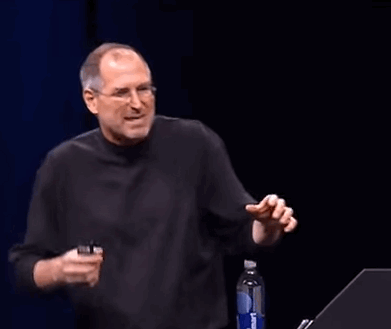



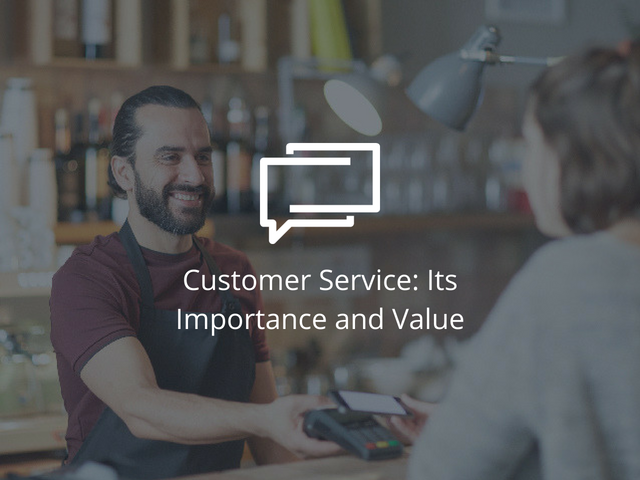

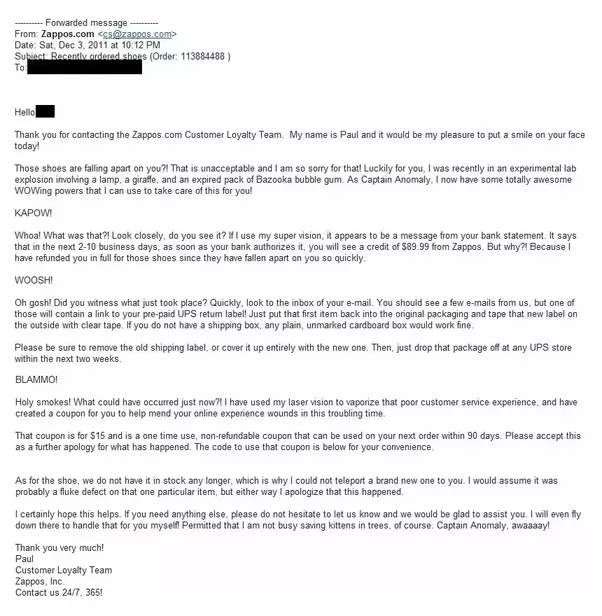

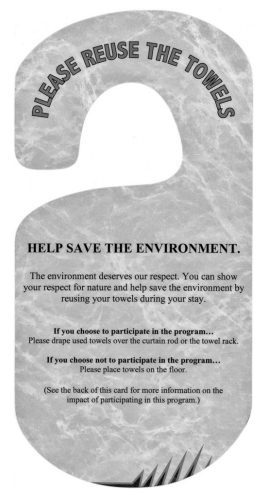


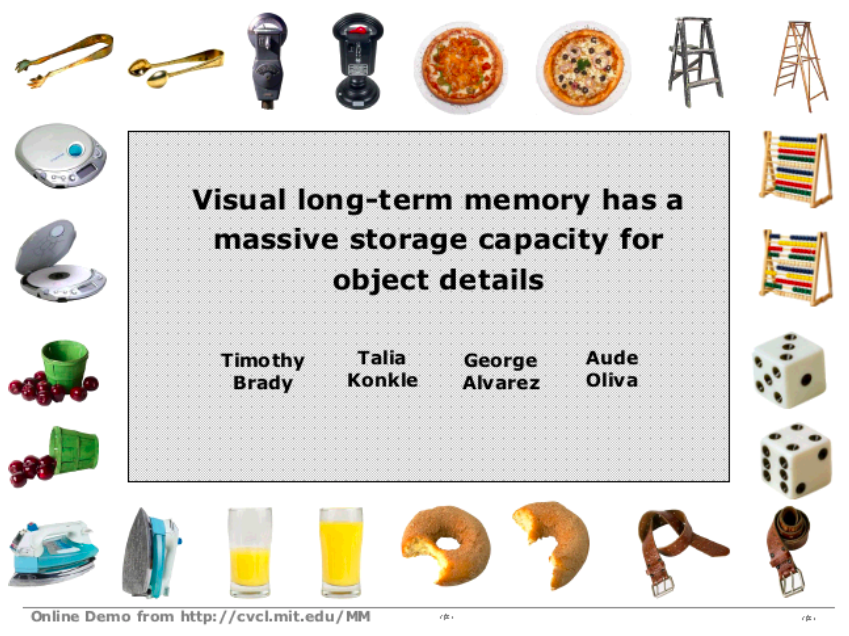




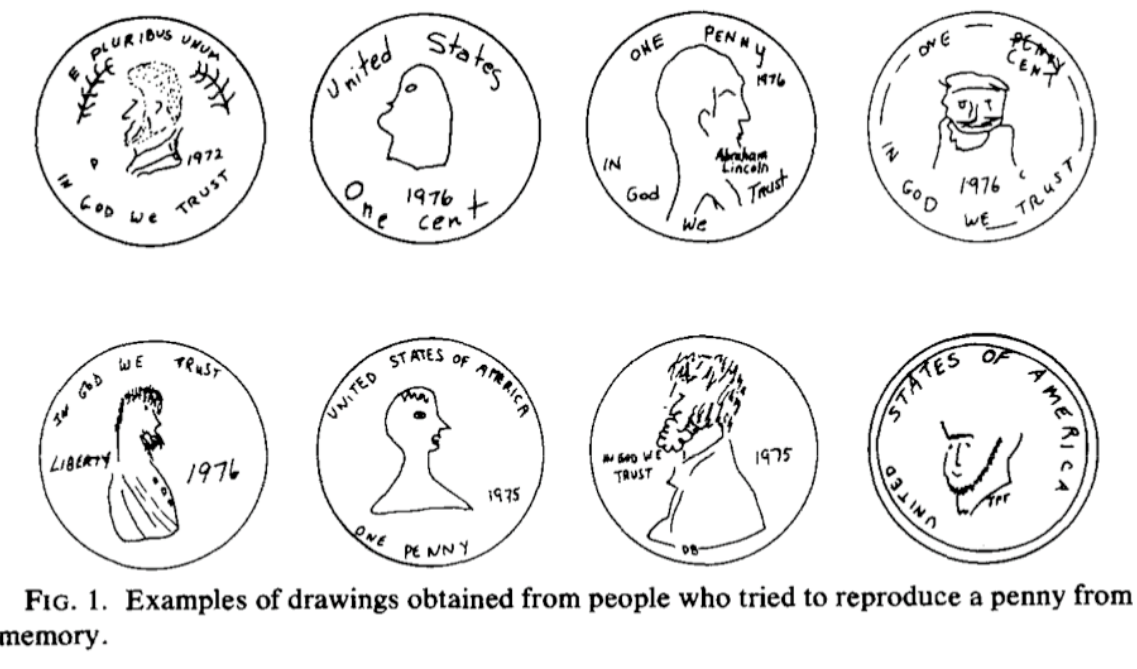

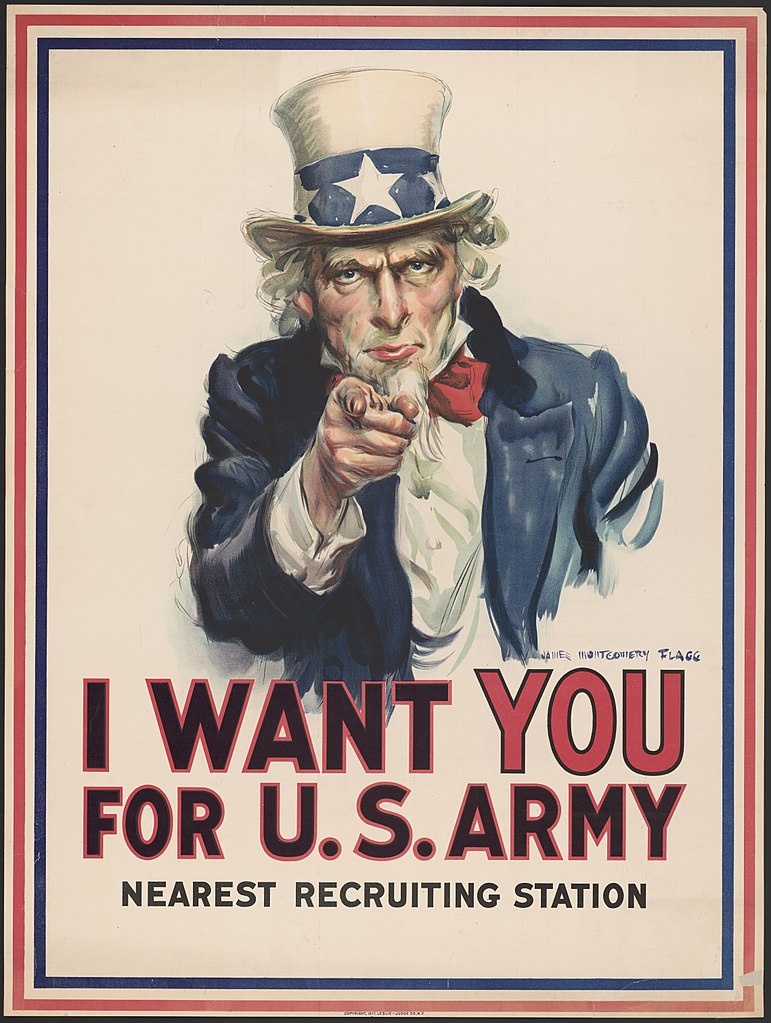


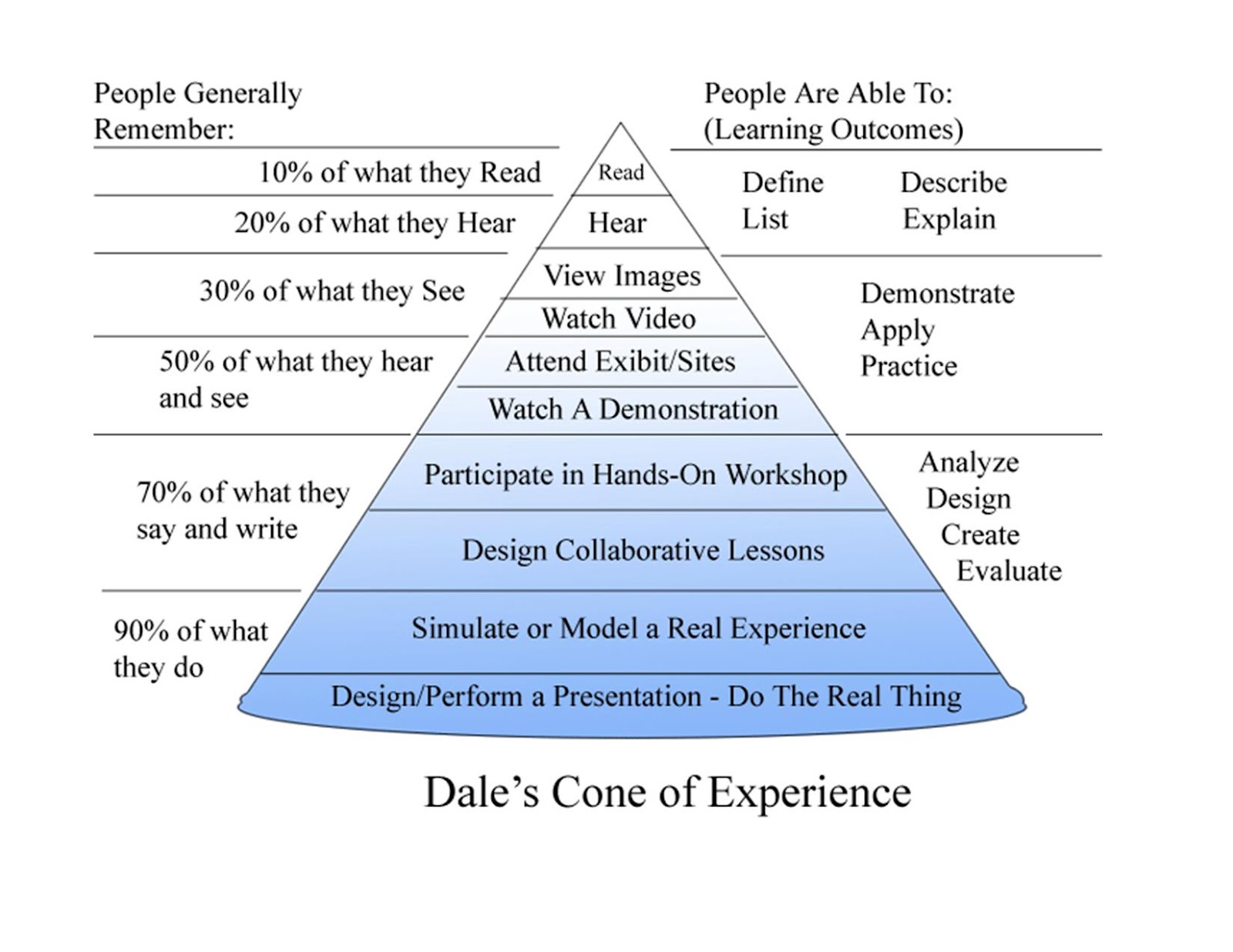
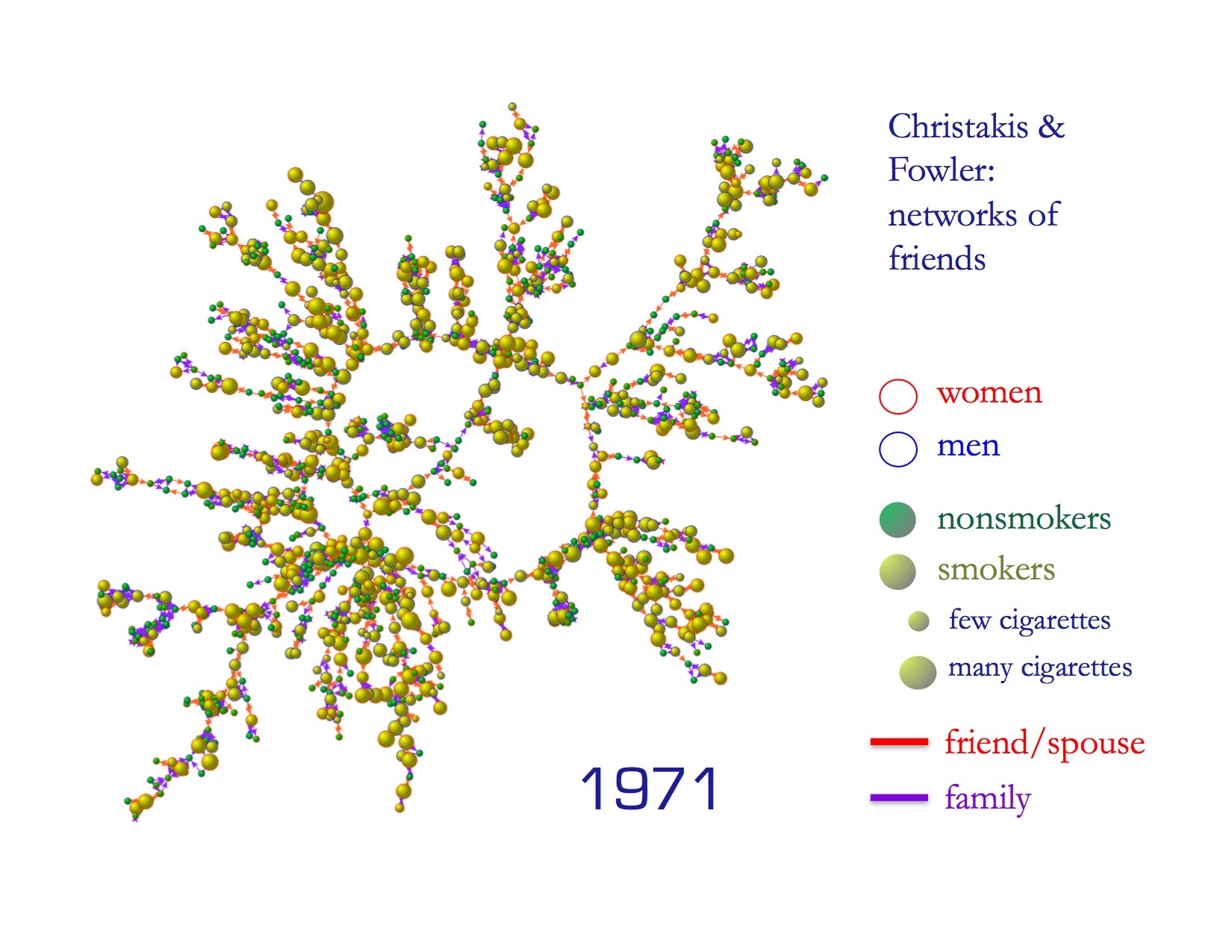
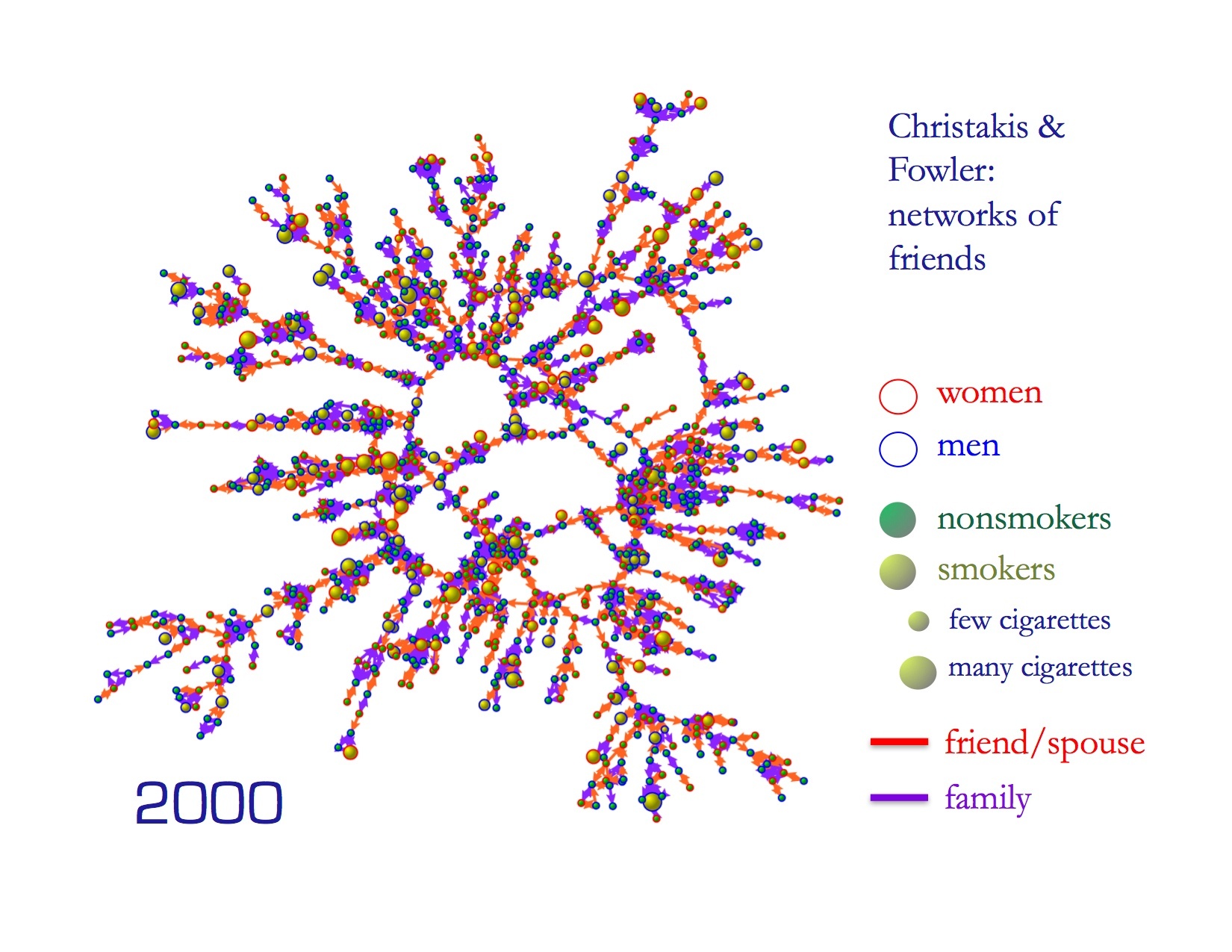


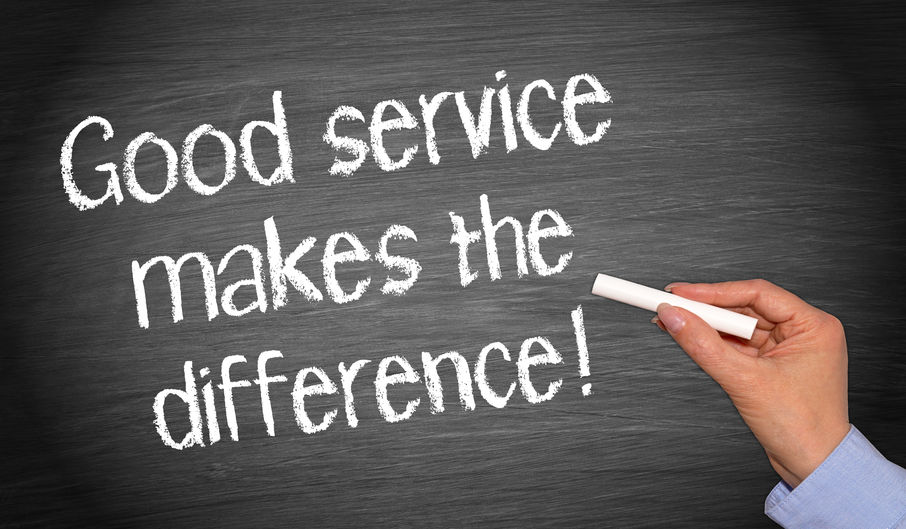

 Cassie is an expert in the field of customer service and coaching and loves to develop people. As a certified trainer and facilitator, Cassie is also passionate about designing and teaching Service Training and linking it to behavioural science. In 2014, she received the award for ’emerging manager of the year’ along with 29 other National winners for The Australian Institute of Management’s “30 under 30″ program. She was also awarded the state award for Collaboration at The ARCBS in 2014 which Cassie attributes to her passion for teamwork. One of Cassie’s favourite quotes is: ‘We are all in this together’.
Cassie is an expert in the field of customer service and coaching and loves to develop people. As a certified trainer and facilitator, Cassie is also passionate about designing and teaching Service Training and linking it to behavioural science. In 2014, she received the award for ’emerging manager of the year’ along with 29 other National winners for The Australian Institute of Management’s “30 under 30″ program. She was also awarded the state award for Collaboration at The ARCBS in 2014 which Cassie attributes to her passion for teamwork. One of Cassie’s favourite quotes is: ‘We are all in this together’.


